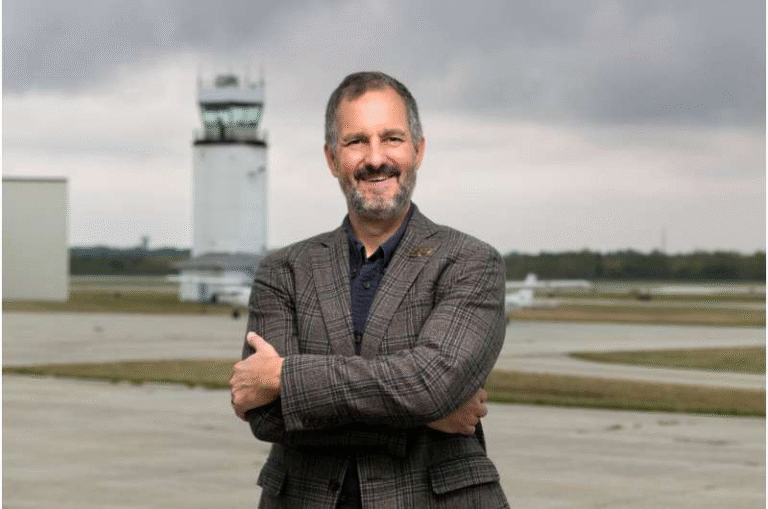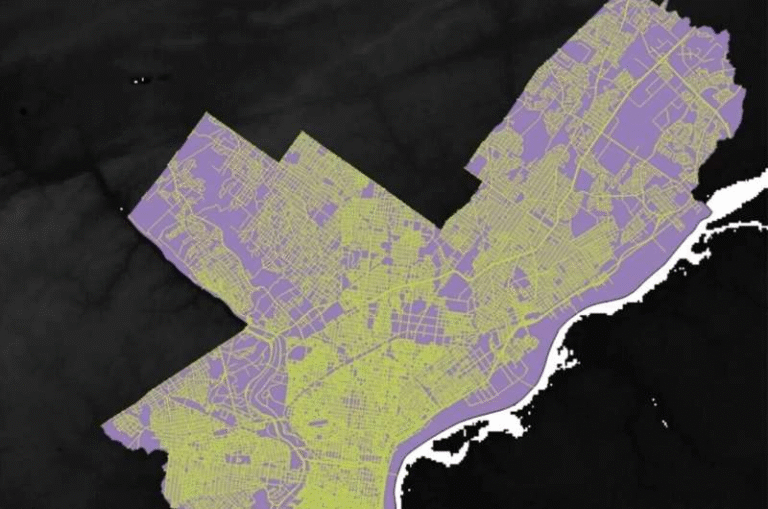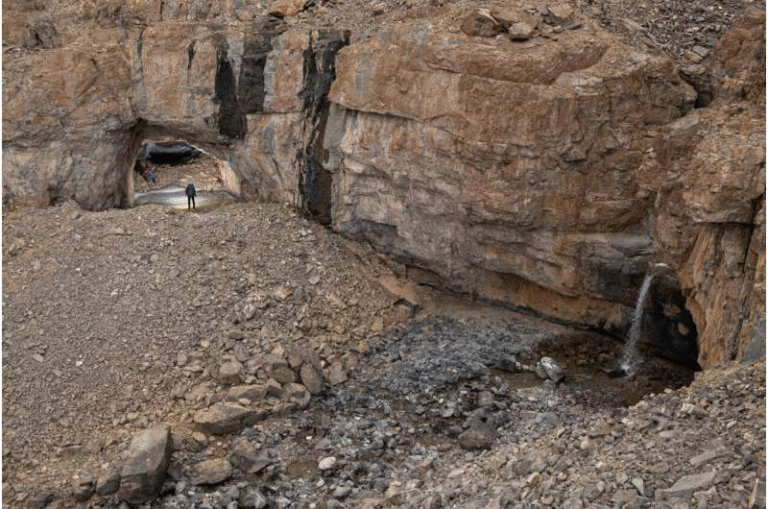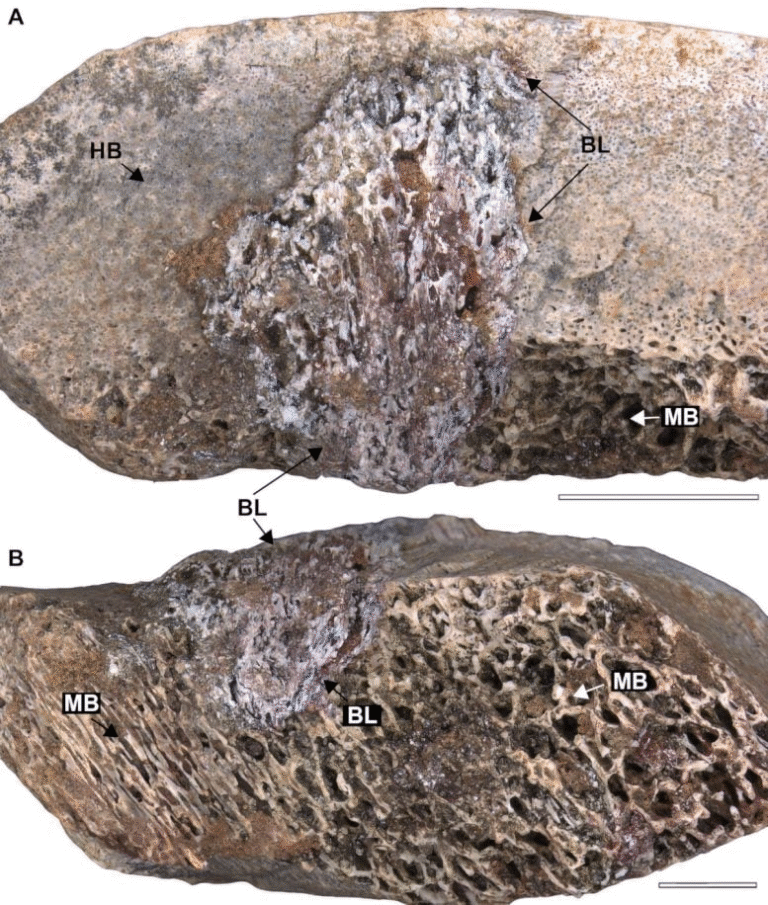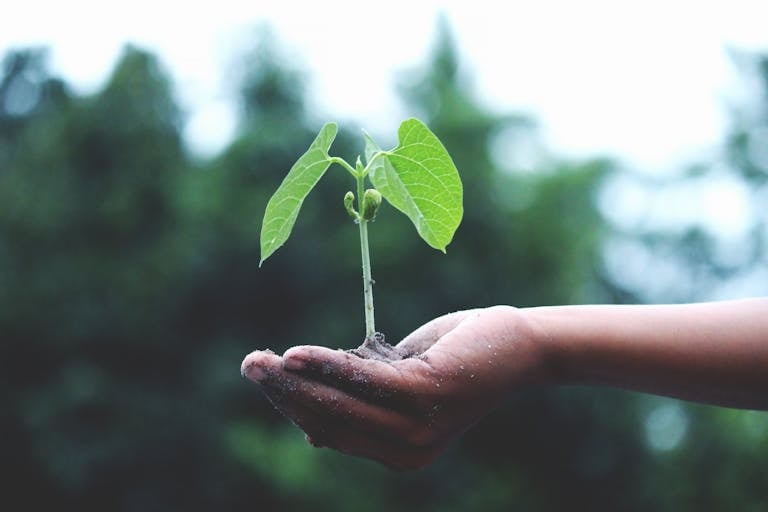Amazon Communities Achieve Unprecedented Conservation Wins

New research has revealed remarkable conservation results in the Brazilian Amazon, showing that community-led management of lakes and forests delivers biodiversity protection on a massive scale—at a fraction of the cost of traditional protected areas. The study, published in Nature Sustainability in September 2025, focuses on local communities along the Juruá River in the state of Amazonas and their efforts to manage fisheries and protect surrounding forests.
The findings are especially important at a time when governments worldwide are struggling to meet conservation targets, such as the pledge to protect 30% of the planet’s land and oceans by 2030 under the Kunming-Montreal Global Biodiversity Framework. Conventional protected areas often fall short due to underfunding, limited staff, and weak enforcement. By contrast, community-led initiatives are showing that with the right support, people who live closest to nature can safeguard ecosystems more effectively than distant authorities.
The Scale of Community Protection
The study focused on 96 oxbow lakes, averaging 47.4 hectares each, directly managed by 14 rural communities. These lakes are critical habitats for the arapaima (pirarucu), one of the world’s largest freshwater fish and a species that supports local economies.
What makes this research striking is that the protection footprint extends far beyond the lakes themselves. Communities also patrol surrounding floodplain forests and upland terra firme forests, which are ecologically linked to the lakes. When this indirect protection is factored in, the coverage expands dramatically.
On average, each managed lake safeguards an additional 11,188 hectares of surrounding landscape—around 36 times larger than the lake area itself. Across the Juruá River basin, this approach amounts to a massive 15 million hectares of floodplain forest under some form of community protection.
Conservation Success at Low Cost
The most eye-catching part of the study is how cost-effective this system is compared to conventional protected areas. Researchers estimate that community efforts cost around $0.95 per hectare per year. These costs cover fuel, food, and equipment for patrols, but they are currently borne almost entirely by the communities themselves, often without compensation.
In return, communities reap economic benefits through sustainable fisheries. By managing fish populations carefully, they ensure annual harvests of arapaima that generate income while maintaining healthy stocks. This management has ripple effects: other species such as giant otters, manatees, and Amazon River turtles, which were historically overexploited, also benefit from the protected habitats.
How the Fisheries System Works
The fisheries management system has three main categories of lakes:
- Subsistence-use lakes – fishing allowed only for local consumption.
- Protected lakes – little to no fishing, acting as recovery zones for fish stocks.
- Production lakes – open for fishing under strict quotas.
This system allows communities to balance ecological recovery with economic needs. Surveys have shown that protected lakes host far higher fish populations than open lakes. In some cases, protected lakes averaged more than 300 arapaima, compared with fewer than 10 in unprotected areas.
Local Enforcement and Community Involvement
One of the keys to success is local enforcement. Communities carry out active surveillance and mount patrols to prevent illegal fishing by outsiders. Because they are present year-round, they can react quickly to threats—something government agencies often cannot do due to distance and limited resources.
This hands-on enforcement also means communities feel ownership over conservation outcomes. They benefit directly from healthy ecosystems, making them natural stewards of biodiversity. However, the researchers emphasize that the reliance on unpaid labor and self-funded patrols raises questions about long-term sustainability.
Challenges of Sustainability
While the ecological and social benefits are clear, sustaining these efforts into the future requires outside support. Without recognition and funding, communities face the heavy burden of unpaid conservation work.
The study explores potential solutions like Payments for Environmental Services (PES). Under PES schemes, communities would receive financial compensation for protecting ecosystems. Researchers modeled three scenarios:
- Covering only operational costs (fuel, equipment, etc.).
- Covering operational costs plus wages at a minimum income level.
- Covering operational costs plus full labor payments, similar to the model used by Brazil’s federal environmental agency, ICMBio.
Even in the most generous scenario, PES would still be far more cost-effective than running conventional state-managed protected areas.
Broader Implications
The results highlight the importance of Other Effective Area-Based Conservation Measures (OECMs)—conservation systems outside official protected areas but delivering similar outcomes. Community-led systems like those on the Juruá River can play a critical role in helping countries meet global biodiversity goals.
The research also underlines a point long championed by Indigenous and local communities: those who live in and depend on ecosystems are often the best conservationists. In the Amazon alone, an estimated six million people directly rely on wild nature for food and livelihoods. Supporting these communities is not only a matter of environmental policy but also one of social justice.
Why the Arapaima Matters
The arapaima (known locally as pirarucu) is central to this conservation model. Reaching lengths of up to 3 meters and weighing over 200 kg, it is among the largest freshwater fish in the world. Unlike many fish, arapaima must surface to breathe air, making them relatively easy to count.
For decades, arapaima populations were decimated by overfishing. Community-based management has reversed this decline. Carefully monitored harvests ensure that breeding populations remain stable while providing reliable income. In this sense, the arapaima has become a flagship species for sustainable fisheries and conservation in the Amazon.
The Role of Floodplain and Upland Forests
While the lakes themselves are crucial, the surrounding floodplain and terra firme forests also play a critical role. These habitats support fish life cycles, provide breeding grounds for other species, and store vast amounts of carbon. Protecting them helps slow climate change while safeguarding biodiversity.
Community patrols that extend into these forests expand the conservation footprint far beyond the lakes. This is why the study argues that community-based systems should be fully recognized as large-scale conservation mechanisms.
Community-Based Conservation vs. Traditional Protected Areas
Traditional protected areas in the tropics face chronic challenges:
- Limited budgets and staff.
- Weak enforcement capacity.
- Political instability or lack of support.
By contrast, community-led conservation provides:
- 24/7 presence on the ground.
- Direct incentives for success.
- Stronger social buy-in, since communities rely on the resources they are protecting.
This does not mean that protected areas are obsolete. Rather, the study suggests that a hybrid model—where governments recognize and support community conservation alongside formal reserves—may be the most effective path forward.
Lessons for the World
Although the study focused on the Juruá River, the lessons extend globally. From forests in Asia to reefs in the Pacific, community-led approaches are proving to be powerful conservation tools. Recognizing them under global frameworks like the CBD’s biodiversity targets could help countries achieve ambitious conservation goals more effectively.
It also underscores the importance of shifting resources: instead of spending heavily on centralized enforcement that often struggles, investing modest amounts in supporting communities could deliver outsized benefits.
Moving Forward
The authors call for governments and conservation organizations to provide:
- Legal recognition of community-managed areas as part of national conservation strategies.
- Financial support through PES or similar systems.
- Technical support to help communities expand monitoring and management.
If these steps are taken, the Amazon’s community-based systems could serve as a global model for cost-effective and socially just conservation.
Conclusion
The Amazon is facing immense pressures—from deforestation, illegal fishing, and climate change. Yet this study shows that local communities are already protecting millions of hectares of ecosystems, often without recognition or support. Their efforts deliver unmatched conservation results at minimal cost.
The challenge now is ensuring these systems are sustainable in the long term. Recognizing community conservation as central to global biodiversity goals, and providing fair compensation for their work, could be a game-changing step for both people and the planet.
Research Reference: Community-based management expands ecosystem protection footprint in Amazonian forests – Nature Sustainability (2025)
